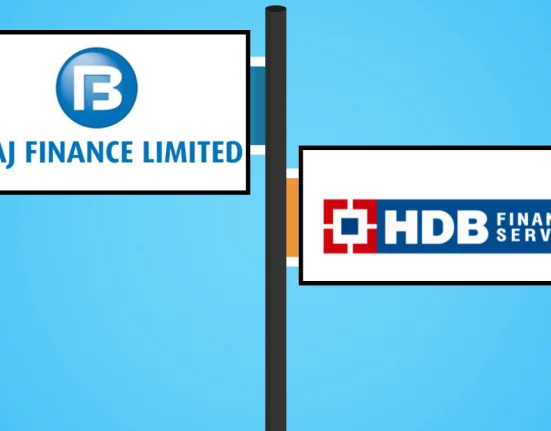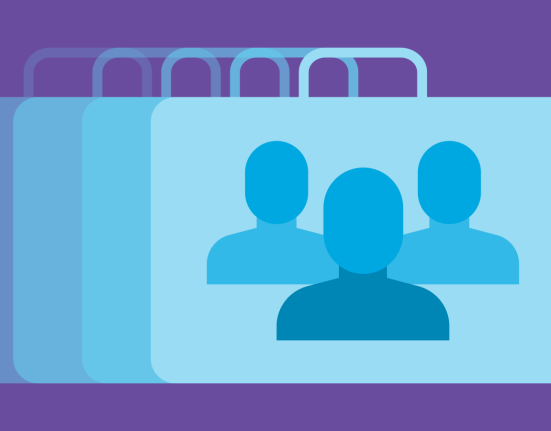Interest rate increases hit homeowners where it hurts most – their monthly budget. While Federal Reserve decisions might seem abstract, their impact on mortgage payments is painfully concrete. Understanding this connection helps you protect your finances whether you’re house hunting or managing an existing mortgage.
Rate changes translate directly to your wallet
Federal Reserve rate adjustments ripple through the entire lending market. When the Fed raises rates, mortgage lenders follow suit to maintain their margins. This domino effect means new home loans cost more, and adjustable-rate mortgages reset higher.
The math is stark and unforgiving. On a $300,000 mortgage:
- At 3% interest: $1,265 monthly payment
- At 6% interest: $1,799 monthly payment
- Difference: $534 more each month
That extra $534 monthly translates to $6,408 annually – money that could fund retirement, education or emergency savings. Small percentage increases create massive budget impacts over a mortgage’s lifetime.
Adjustable-rate mortgages face brutal reality checks
Homeowners with adjustable-rate mortgages (ARMs) experience rate hikes most acutely. These loans start with attractive fixed rates before adjusting to market conditions. When rates climb, so do monthly payments – often dramatically.
ARM holders who locked in historically low rates now face:
- Payment increases of 30-50% or more
- Budget shock when fixed periods end
- Difficult refinancing options in high-rate environments
- Potential payment amounts exceeding original qualifications
The timing couldn’t be worse, with inflation already straining household budgets. Families comfortable with initial payments find themselves scrambling to cover unexpected increases.
First-time buyers get locked out
Rising rates create cruel mathematics for prospective homeowners. Higher interest means lower purchasing power, even if home prices stabilize. The house you qualified for last year might exceed your budget today despite earning the same income.
This purchasing power erosion affects buyers through:
- Reduced loan qualification amounts
- Higher income requirements for approval
- Increased competition for affordable properties
- Delayed homeownership timelines
Young families and individuals watch homeownership dreams slip away as rate increases outpace salary growth. The traditional path to building wealth through property becomes increasingly narrow.
Refinancing opportunities evaporate
The refinancing boom fueled by historic lows has ended abruptly. Homeowners who missed the window now face limited options for reducing payments or accessing equity. Even those with improved credit or increased home values find little advantage in current rates.
Rate hikes eliminate refinancing benefits including:
- Lower monthly payment opportunities
- Debt consolidation through cash-out refinancing
- Shorter loan terms without payment increases
- Access to home equity for improvements
Homeowners feel trapped in their current mortgages, unable to adapt to changing financial needs or family situations.
Strategic moves in a high-rate environment
While you can’t control interest rates, smart strategies minimize their impact on your housing costs.
Lock in fixed rates now – Even today’s higher fixed rates provide payment stability compared to future ARM adjustments.
Boost your credit score – Every point improvement potentially saves thousands over your loan’s lifetime through better rate qualification.
Increase down payments – Larger down payments reduce borrowed amounts, multiplying savings as rates rise.
Consider rate buydowns – Paying points upfront might make sense if you plan long-term homeownership.
Shop multiple lenders – Rate variations between lenders can mean significant monthly savings.
These proactive steps provide some control in an environment where broader economic forces dominate.
Budget impacts extend beyond monthly payments
Higher mortgage payments create cascading financial consequences. That extra $400-600 monthly represents foregone opportunities – retirement contributions, college savings, emergency funds or debt reduction.
Long-term wealth building suffers when housing costs consume larger budget percentages. Families make difficult tradeoffs:
- Delaying major purchases or investments
- Reducing lifestyle expenses
- Taking on additional work hours
- Postponing retirement planning
The psychological toll compounds financial stress. Watching housing costs rise while wages stagnate creates anxiety about financial security and future stability.
Planning for an uncertain rate future
Interest rates fluctuate as economic tools, but their personal impact remains constant. Your home represents both shelter and financial commitment – one that becomes heavier as rates climb.
Success in high-rate environments requires:
- Realistic budget assessments including rate increase scenarios
- Emergency funds covering potential payment increases
- Regular mortgage reviews for refinancing opportunities
- Long-term perspective on homeownership costs
Economic conditions change, but informed planning provides stability regardless of rate movements.
Making homeownership work despite rate challenges
Rising interest rates reshape the homeownership landscape but don’t eliminate opportunities. Understanding rate impacts, preparing strategically and maintaining realistic expectations help navigate these challenging waters.
Your dream home remains achievable with adjusted strategies and careful planning. While higher rates mean higher costs, smart decisions today protect your financial future regardless of tomorrow’s rate environment. The key lies in understanding the true cost of borrowing and planning accordingly.
Remember that homeownership extends beyond monthly payments. Building equity, community roots and family stability provide value beyond pure financial calculations. By acknowledging rate realities while focusing on long-term goals, you can still build the secure future you envision – it just might look different than originally planned.







